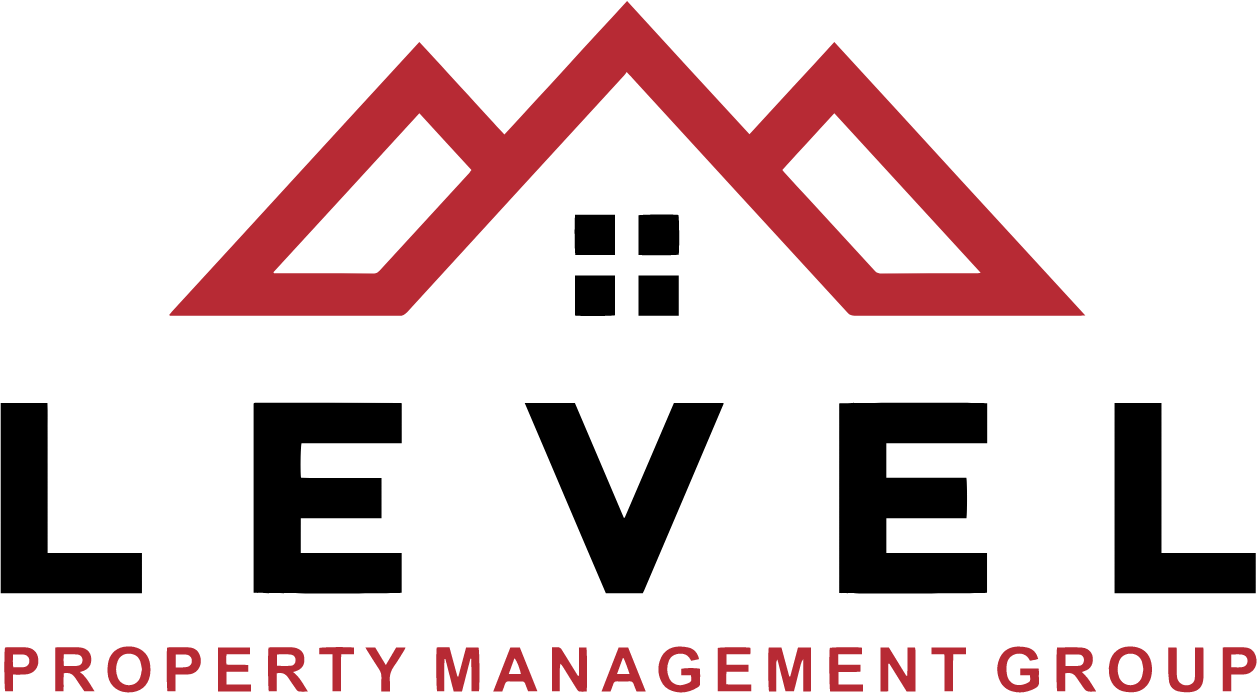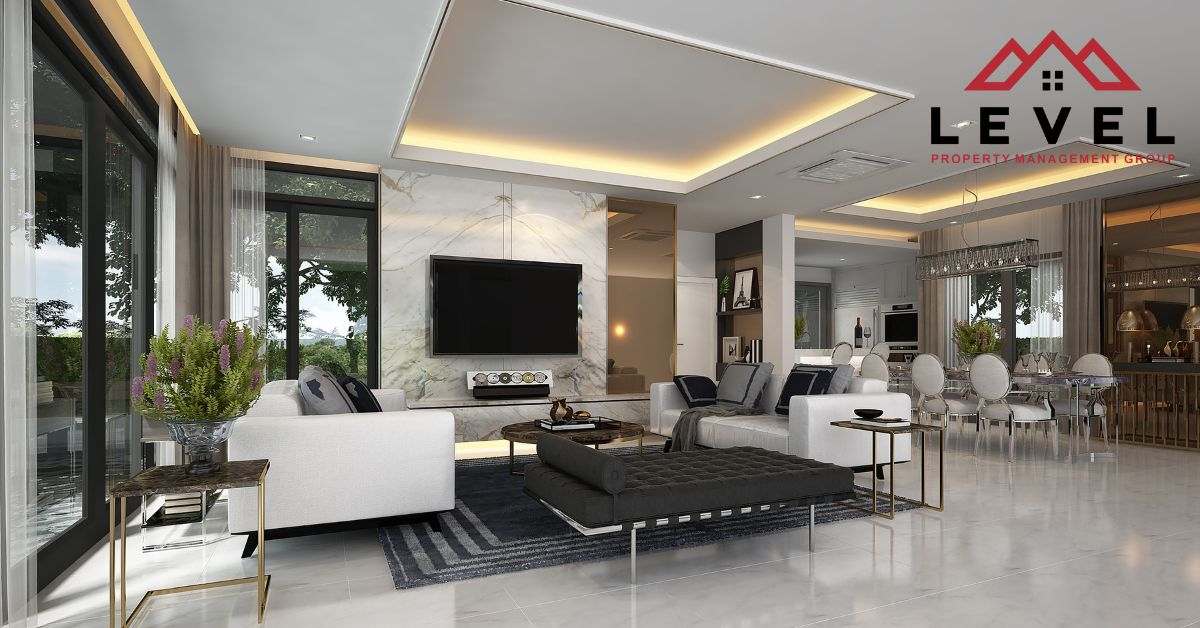
If you’re an apartment owner or manage a few duplexes, you may have wondered at some point is there’s an easy way to save thousands on your multi-family property? The answer is YES!
Here’s the secret: Happy tenants. That’s it. When your tenants are happy, they stick around longer, pay rent on time, take better care of the property—and it all adds up to big savings for you. And the best part? It’s easier than you think. We’ll be sharing 10 easy (and free!) ways to keep your tenants smiling. You won’t believe how simple it can be to create a happier, more loyal tenant base!
Still skeptical? Here’s some real data to show why happy tenants are your golden ticket:

Tenant Retention: Happy tenants stay longer. In fact, according to the National Apartment Association, happy tenants tend to stay an average of 3 years, while unhappy tenants pack up after just 1.5 to 2 years. Less turnover? Yes, please!
Turnover Costs: Unhappy tenants will cost you big time. Rentec Direct found that tenant turnover can cost you anywhere from $2,000 to $5,000 per unhappy tenant. That’s money you could spend on… literally anything else.
Rent Payments: When tenants are happy, they pay on time! Buildium found that 85% of satisfied tenants pay rent on time, while only 50% of dissatisfied tenants do. Time to start thinking of them as your personal ATM.

Referrals & Reputation: Happy tenants aren’t just sticking around—they’re spreading the word. Zillow says 70% of happy tenants will recommend your property to others. That means more reliable tenants without the need for costly advertising. Cha-ching!
Maintenance Requests: Happy tenants don’t bug you about every little thing. According to TenantCloud, happy tenants request fewer maintenance services, saving you time and money. Unhappy tenants? Expect a lot of “My faucet is dripping” and “The light bulb blew out!” (eye roll).

Repairs: Unhappy tenants tend to leave you with more than just complaints—they also damage your property. PropertyNest says unhappy tenants cause damage that costs $1,000 to $2,500 per incident. Ouch! Happy tenants are less likely to cause issues, and that means fewer repair bills.
So, now that we know why keeping your tenants happy is so important, let’s talk about how you can make that happen.


